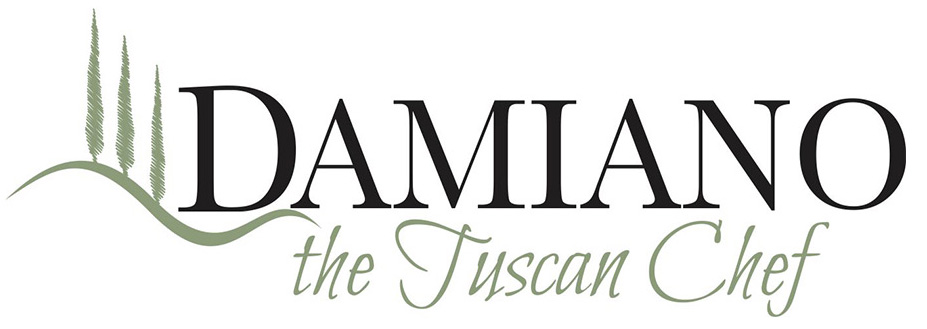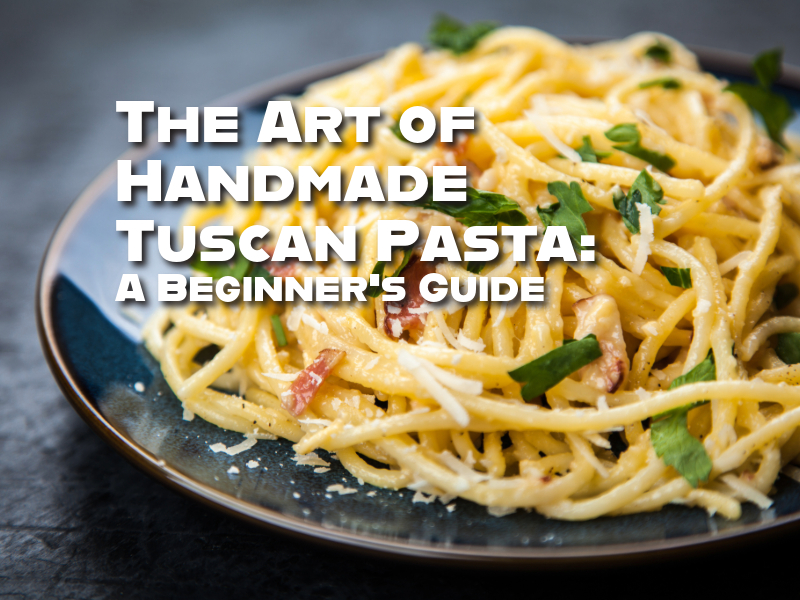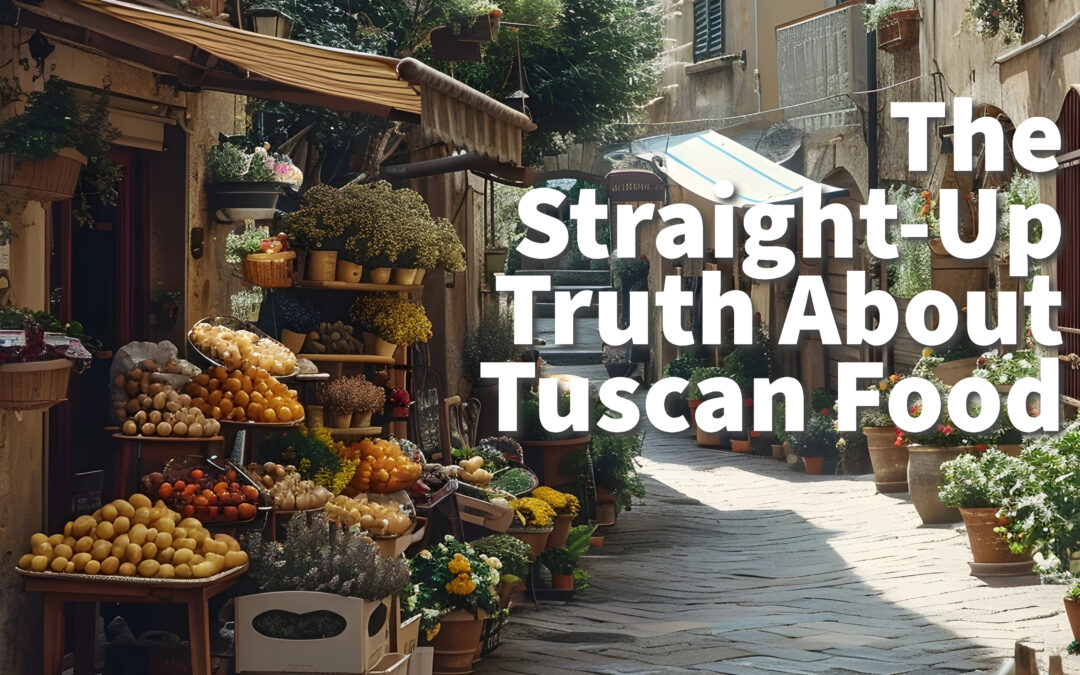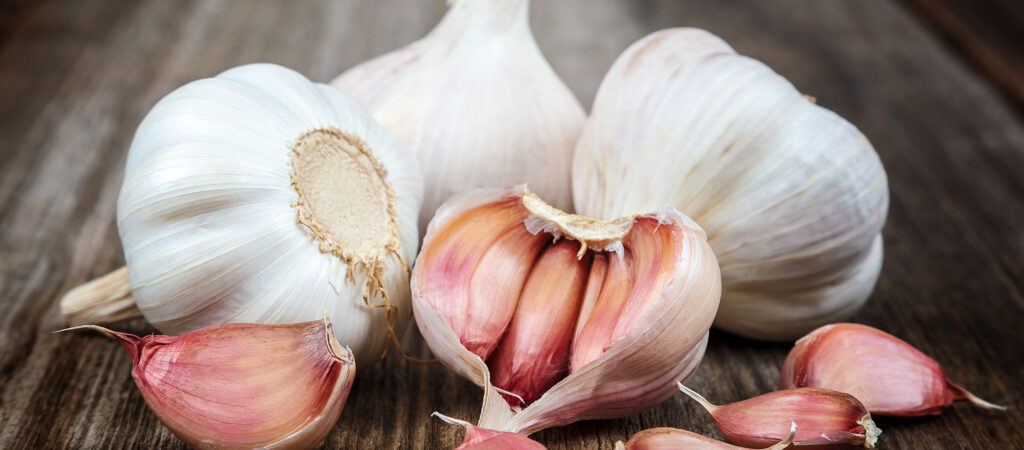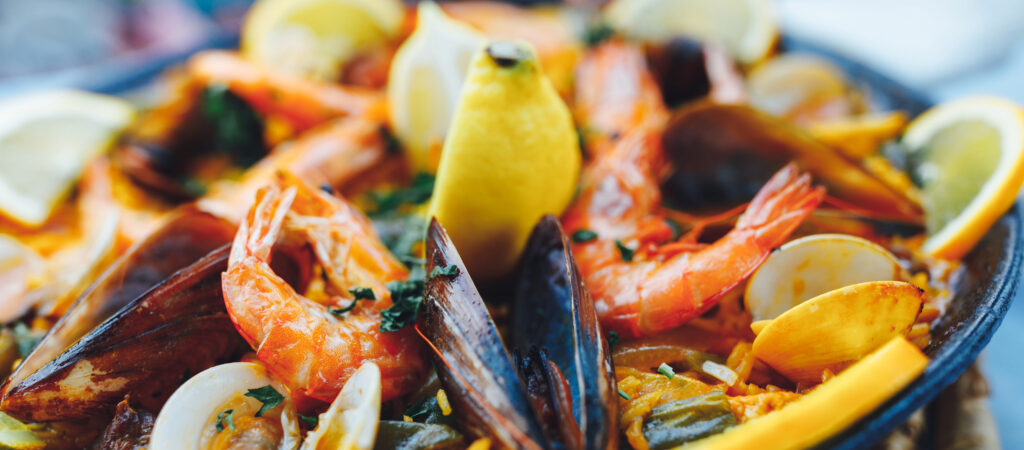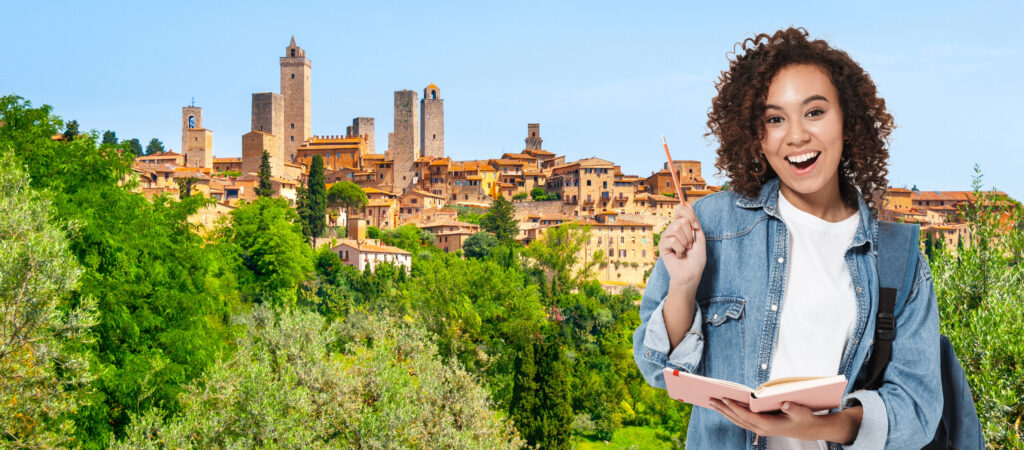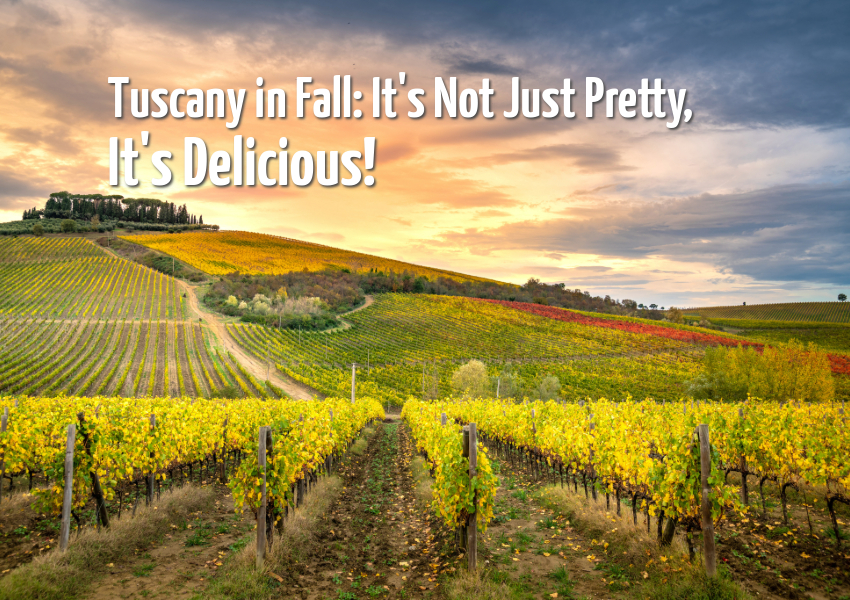
Tuscany in Fall: It’s Not Just Pretty, It’s Delicious!
Hey, you know how some places just “get” autumn? Well, Tuscany doesn’t just get it – it practically invented it. Seriously, if you ever get the chance to hit up this little slice of Italian heaven when the leaves start changing, do it. Your Instagram feed (and your taste buds) will thank you.
Eye Candy Everywhere

First things first – the views. Holy moly, it’s like someone turned the saturation up to 11. We’re talking rolling hills decked out in golds, reds, and browns. The grape vines? They’re not just green anymore – they’re showing off with deep purples and russets. And don’t even get me started on the olive groves. It’s like they’re winking at you, saying, “Just wait till you taste what we’re cooking up.”
Wander into towns like San Gimignano or Montepulciano, and you’ll swear you’ve stepped onto a movie set. Except the smells are real (and way better than any scratch-and-sniff card). Roasted chestnuts, fresh bread, something amazing simmering in every other doorway – it’s enough to make you want to move in permanently.
Party Time, Tuscan Style

Fall in Tuscany is basically one big party after another. They’ve got this thing called “Festa della Vendemmia” – it’s like Coachella for wine lovers, minus the flower crowns and plus a whole lot of grape stomping.
Picture this: You’re in a sun-soaked vineyard, glass in hand, attempting to stomp grapes without falling on your butt (harder than it looks, trust me). Meanwhile, some Italian nonna is trying to teach you the proper technique while her grandson explains the finer points of fermentation. It’s chaotic, it’s fun, and you’ll probably end up purple-footed and very, very happy.
But wait, there’s more! November rolls around, and suddenly it’s all about olive oil. The “Festa dell’Olio Nuovo” is where you’ll find yourself dunking bread into fresh-pressed olive oil like it’s going out of style. Spoiler alert: it’s not. It’s been in style for centuries, and one taste will tell you why.
Food That’ll Make You Want to Kiss the Chef
Okay, let’s talk grub. Fall in Tuscany is when the food gets serious. We’re not just eating to live; we’re living to eat. And boy, is there a lot to live for.
Ever heard of pici? It’s this thick, hand-rolled pasta that’s basically a hug in carb form. Get it with cacio e pepe (that’s fancy talk for cheese and pepper), and you’ll be ruined for all other pasta forever. Sorry not sorry.
And because it’s hunting season, game is all over the menus. Wild boar pasta? Yes, please. Venison stew? Don’t mind if I do. It’s like the forest decided to jump onto your plate, in the best way possible.
But the real MVPs of fall are the mushrooms and truffles. People go nuts for this stuff. You’ll see folks coming out of the woods looking like they’ve struck gold, and in a way, they have. Porcini mushrooms are everywhere, and if you’re lucky (and loaded), you might score some white truffles. Just a shaving of these bad boys on your pasta, and suddenly you’re dining like royalty.
For dessert, there’s this thing called castagnaccio. It’s a chestnut cake that’s not too sweet, kinda earthy, and 100% autumn in cake form. Pair it with some vin santo (sweet wine), and you’ve got yourself the perfect end to a perfect meal.
Where the Magic Happens: Markets and Kitchens

Want to feel like a real Tuscan? Hit up the local markets. Arezzo and Florence have some killer ones. It’s like walking into a rainbow of fruits and veggies, except this rainbow smells amazing and you can eat it.
If you’re feeling brave (or just really into food), try a cooking class. There’s something kind of magical about making pasta from scratch with ingredients you just bought from a guy who probably grew them in his backyard. It’s farm-to-table on steroids, and it’s awesome.
Not Just Food (But Mostly Food)
Fall in Tuscany isn’t all about stuffing your face (though that’s a big part of it). There’s cool traditional stuff too. Religious processions, harvest festivals, the works. It’s like stepping back in time, but with better wine.
And then there are the sagras. These are like mini food festivals dedicated to one ingredient. There’s one in San Miniato all about truffles. Imagine an entire town going gaga over fancy mushrooms. It’s wild, it’s wacky, and it’s delicious.
The Vibe? Warm and Cozy

As it gets cooler and the days get shorter, Tuscany gets… well, cozy. Families huddle around big tables, sharing massive meals and even bigger laughs. Everyone’s in a good mood because, hello, they’re eating amazing food and drinking incredible wine. It’s like Thanksgiving, but every day and with better weather.
Wrapping It Up (Like a To-Go Plate of Pasta)
Look, autumn in Tuscany isn’t just a season. It’s a full-on experience. It’s a feast for your eyes, your belly, and yeah, maybe your soul too (if you’re into that kind of thing).
You’ll leave with a camera roll full of photos that’ll make your friends jealous, a few extra pounds that were totally worth it, and memories that’ll have you smiling randomly for years to come.
So, next time you’re thinking about a fall getaway, skip the pumpkin spice whatever and head to Tuscany. Your taste buds will write you thank-you notes, promise.
Now, if you’ll excuse me, all this talk of Italian food has me craving pasta. Ciao!
